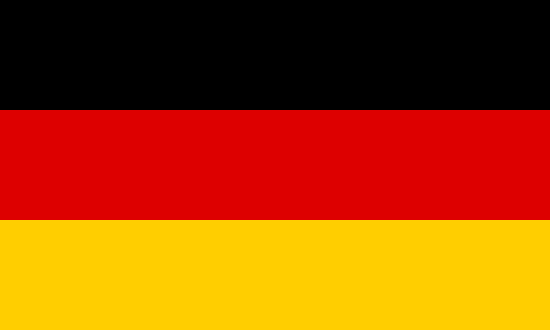"Kölle Alaaf | Cologne above all"
About:
Cologne, Germany, was founded by the Romans in 38 BC as "Colonia Claudia Ara Agrippinensium." It became a major ecclesiastical center during the Middle Ages and a hub of trade and commerce in the early modern period. Severely damaged in World War II, Cologne has since been rebuilt, preserving its historic landmarks like the Cologne Cathedral. Today, it's a vibrant city known for its cultural institutions, including several universities and museums, and hosts the annual Cologne Carnival.
When to visit:
Cologne, a vibrant city in western Germany, offers a rich tapestry of history, culture, and festivities throughout the year. For those seeking to experience the famous Cologne Carnival, the ideal time to visit would be in February or March, when the city erupts in colorful parades and street parties. Summer, from June to August, is perfect for exploring the city's outdoor attractions such as the Rhine River promenade and the lush parks. However, for a more serene and less crowded experience, consider visiting in the shoulder seasons of spring (April to May) or autumn (September to October) when the weather is mild and the city is adorned with blooming flowers or autumn foliage.
When to avoid:
Traveling to Cologne on a holiday during the peak summer months of July and August may not be ideal due to the large influx of tourists crowding the city's attractions and accommodations. The high demand during this time can lead to increased prices for hotels and flights, making it a less budget-friendly choice for travelers. Additionally, the hot and humid weather during the summer months may not be comfortable for everyone, especially those not accustomed to such conditions. For a more enjoyable and cost-effective experience, consider visiting Cologne during the shoulder seasons of spring or fall when the weather is milder and the crowds are thinner.
Winter (Dec-Feb)
In Cologne, winter is the coldest season, typically from December to February. Average temperatures range from -1°C (30°F) to 4°C (39°F). Snowfall is occasional, but rainfall is frequent, contributing to the city's annual average of 798mm. Days are short with about 8 hours of daylight, often overcast, and sunlight is limited. An average day for a visitor would involve chilly temperatures, potential rain or snow, and limited sunlight, requiring warm clothing and rain gear. Indoor activities are recommended.
Summer (June-August)
The warmest part of the year in Cologne, Germany typically spans from June to August, with July being the warmest month. During this time, the average high temperature ranges from 20°C (68°F) to 25°C (77°F), while the average low temperature is between 12°C (54°F) and 15°C (59°F).
Rainfall during the summer months is relatively moderate but can be unpredictable, averaging about 60-70 mm per month. It's worth noting that Cologne has a reputation for its occasional heavy rain showers during the summer season.
Sunlight during the summer is abundant, with an average of 16-17 hours of daylight per day. The city experiences its longest day around the summer solstice, which is on June 21st.
Humidity levels are generally moderate during the summer, with a monthly average of about 70-75%. However, the combination of warmth and humidity can sometimes make the weather feel a bit muggy.
In terms of cloudiness, summer days in Cologne are typically partly cloudy, with clear or mostly clear conditions about half of the time.
For a visitor, a typical summer day in Cologne would likely involve warm, partly cloudy weather with a decent chance of an afternoon shower. The humidity might make the temperature feel slightly warmer than it actually is, but the abundant sunlight makes it a great time for outdoor activities. It's advisable to carry a light jacket or umbrella, just in case of a sudden downpour.
Language:
In Cologne, the most commonly spoken language is German, as it is the official language of Germany. However, due to its diverse population and status as a global city, a variety of other languages are also spoken. These include English, Turkish, and various Eastern European languages. Additionally, the local dialect, Kölsch, is a unique variant of High German and is spoken by a portion of the population.




